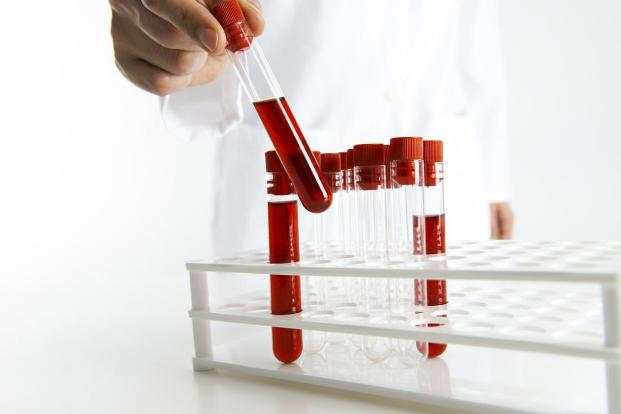Categories
- Bariatric Surgery (11)
- Black Fungus (5)
- Bone Marrow transplant (3)
- Brain Tumor Surgery Navigation Technology (20)
- Cardiac Surgery (66)
- Cardiology (97)
- Computer navigation technology for joint replacements (20)
- Covid Vaccination (17)
- Critical Care (2)
- Dental (19)
- Dermatology (31)
- Dialysis Support Group - “UTSAAH” (11)
- Dietitian (33)
- Emergency Medicine (4)
- Emotional Health (11)
- Endocrinology (33)
- ENT (20)
- Gastroenterology and GI Surgery (53)
- General and Laparoscopic Surgery (21)
- General Surgery (4)
- Gynecology & Obstetrics (183)
- Hematology (20)
- Internal Medicine (294)
- Kidney Transplant (50)
- Kidney Transplantation (20)
- Lung Cancer (8)
- Minimal Invasive Surgery (1)
- Mother & Child (20)
- mucormycosis (5)
- Nephrology (61)
- Neurology (147)
- Neurosurgery (68)
- Nutrition and Dietetics (107)
- Omicron Variant (1)
- Oncology (288)
- Ophthalmology (10)
- Orthopaedics & Joint Replacement (86)
- Paediatrics (59)
- Pediatric Nephrology (3)
- Physiotherapy (5)
- Plastic & Reconstructive Surgery (6)
- Psychiatry and Psychology (90)
- Psychologist (28)
- Pulmonology (72)
- Rheumatology (13)
- Spine Services (21)
- Transradial Angioplasty (16)
- Urology (84)
Query Form
Posted on Apr 19, 2022
FSH levels: Testing for menopause and fertility
FSH levels, estrogen and testosterone levels can be detected by a simple blood test. In women, follicle-stimulating hormone helps to mature the ovarian follicles that free the eggs. FSH levels can be examined in both genders to assess the fertility or to see if a woman is going through menopause.

A level of 10-15 is concerning. It focuses on the initial stages of diminished egg reserve to low egg supply. An FSH of 15-20 indicates a definite low supply of eggs. Normal pregnancies in women with an FSH over 20 are quite rare except in woman under the age group of 30. Follicle-stimulating hormone (FSH) is secreted from a small gland in the brain known the anterior pituitary. In women, follicle-stimulating hormone helps to mature the ovarian follicles that release the eggs. Men’s bodies use FSH to help the growth and development of sperm.Without the release of FSH, a woman cannot continue her reproductive cycle and her ovaries will not release an egg. FSH levels can be examined in both partners to assess fertility, or to see if a woman is going through menopause. Doctors can do a blood test to measure FSH levels. When FSH levels are too low (as may be seen in women with Polycystic Ovarian Syndrome or PCOS), or too high as may be seen in women experiencing premature menopause it can harden your ability to become pregnant. A normal FSH level for a woman hoping to conceive is typically low to upto 10mIU/ml. Older women have higher FSH levels due to ovarian maturing; since the ‘older’ ovary needs more stimulation in order to stimulate egg follicles FSH levels increase with increasing age group. Women who experience PCOS (‘Polycystic Ovary Syndrome’) have less FSH levels and either ovulate erratically or do not ovulate at all.



